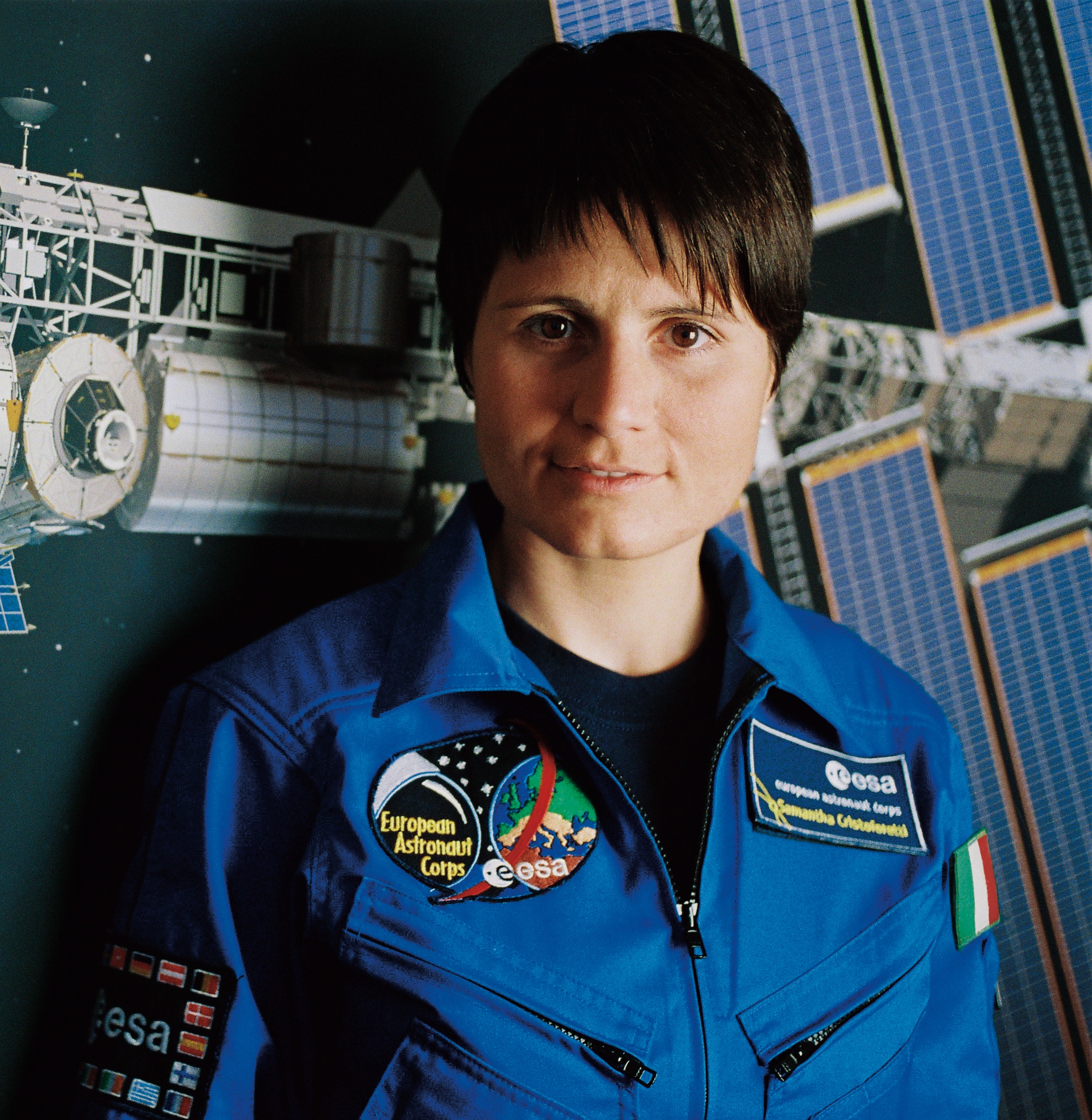Interview
26 May 2016
Interview with... Samantha Cristoforetti ESA astronaut, Captain and pilot in the Italian Air Force, leading player in Futura, ASI's second long-term mission
ESA astronaut, Captain and pilot in the Italian Air Force, leading player in Futura, ASI's second long-term mission
[Cleared n°1- Year XIII january - 2016]
ESA astronaut, Captain and pilot in the Italian Air Force, leading player in Futura, ASI's second long-term mission
[Cleared n°1- Year XIII january - 2016]

Captain Cristoforetti, first of all congratulations from ENAV on your great achievement. What was the greatest emotion you felt during these months in space? Did you ever feel afraid?
It is difficult to pick out one moment that affected me in a particular way. The entire mission was an absolutely unique experience. But one moment I will never forget was the first time I looked from the Soyuz and saw the ISS "on fire" from the Sun's rays as it was setting. It was an outstanding spectacle, just like the view of our planet from the dome - always different and always surprising. I can't say I ever felt afraid. Apart from one tense moment when an apparent ammonia leak triggered a false alarm, I felt really calm throughout the whole mission. I settled in really well in space right from the start and turned into a bit of an extraterrestrial in a short space of time.
When you decided to become a pilot in the Italian Air Force, did you imagine you might become an astronaut?
The idea of being an astronaut was something I had always dreamed about ever since I was a kid. I can't remember exactly when I decided to pursue that dream. There is no specific course of study for embarking on this career: I opted to get my degree in aerospace engineering and then I had the opportunity of joining the Air Force. Most of all, I wanted to be an Air Force pilot, but I naturally continued to kindle my dream of becoming an astronaut.
What is Italy like from outer space?
Italy seen from space is absolutely beautiful and its very characteristic thigh-boot shape is unmistakable. And I don't say that just because I'm biased about my home country. Even my fellow crew members claimed it was one of the most "photogenic" countries. Even at night it is easily recognisable because it is so well-lit up.
What aerospace projects are you working on for the future?
The very next project we will hear a lot about is ExoMars, the ESA probe to the Red Planet, set to be launched this year. Establishing whether life has ever existed on Mars is one of the most controversial scientific questions of our time. The ExoMars programme will explore the Martian environment and try to answer this question. Moreover, Italy's contribution to Exomars is crucial.
Are we alone in space?
Organic molecules have already been discovered in extraterrestrial environments and more than a thousand planets have been found outside our Solar System which could sustain life as we know it. In one sense, even the ESA's Rosetta mission is trying to find out more on the subject. It is quite possible that life on Earth developed thanks to comets, the leftovers from the Solar System's primordial origins. And comet 67P/Churyumov-Gerasimenko is precisely the body that Rosetta is orbiting around and where the Philae lander managed to land. Finding out more about the composition of comets will provide us with important information to help us understand how life on Earth developed, and then how it might have developed on other planets. Whether "intelligent" life forms exist is an extremely interesting question that no one has found the answer to yet. Often it turns into a question of "believing or not believing" but it is not a matter of faith. It is an open question that fascinates everyone and one that is worth trying to find an answer to.


